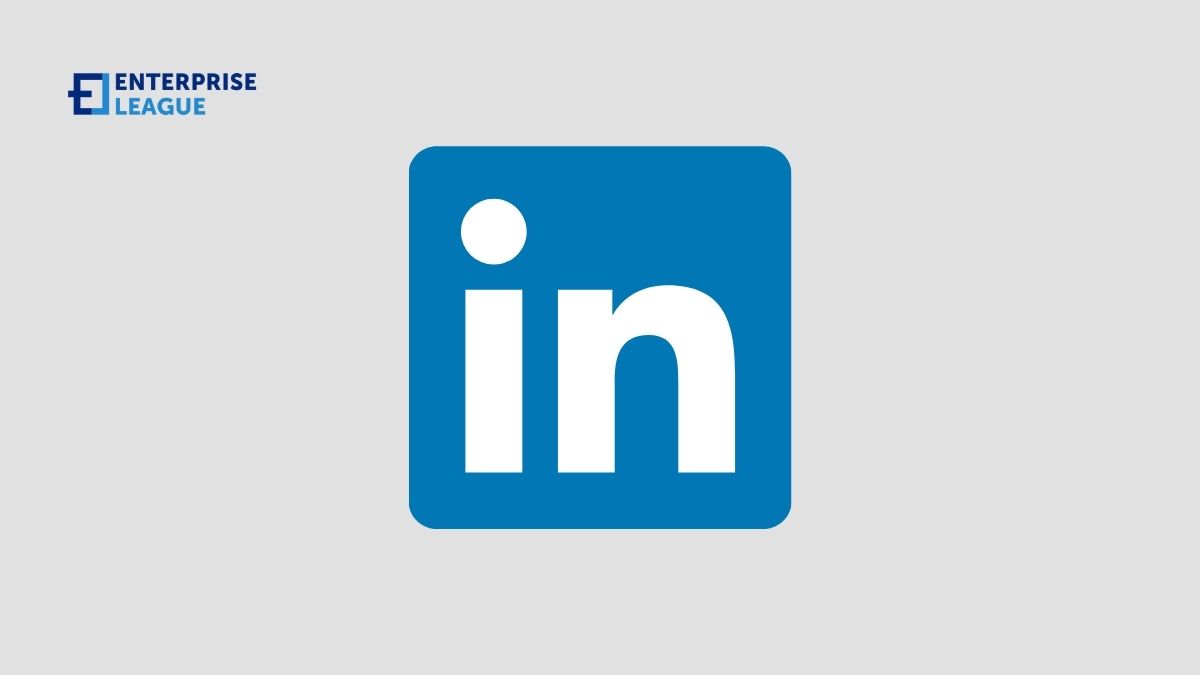Using cloud document management can improve workflow, communication, and productivity. Check out the five tips that will help you streamline your documents.

Developing a strong financial foundation: 4 healthy financial habits
Achieving financial stability is a common objective for individuals aiming to manage and improve their financial well-being. Just as physical fitness requires consistent effort and dedication, so does our financial health. By cultivating healthy financial habits, we can pave the way for a stable and prosperous future.
In this article, we will explore four effective habits that can positively impact your financial stability. These habits will empower you to make informed decisions, overcome financial challenges, and ultimately achieve your financial goals.
4 Healthy financial habits for financial well-being
Achieving financial well-being requires cultivating healthy financial habits that promote long-term stability and prosperity. By consistently practicing the following four habits, you can strengthen your financial foundation and improve your overall financial health.
Clear your debts
If you are facing the challenge of significant debt, especially credit card debt with high interest rates, it is essential to make its repayment a top priority without delay. Carrying a balance for an extended period means accumulating substantial interest, which can quickly become a significant financial burden. To accelerate your debt repayment, there are several strategies you can consider.
One effective approach is consolidating your debts into a single loan with a low interest rate or transferring your balance to a credit card offering a 0% introductory APR. By consolidating your debts, you simplify your repayment process and potentially reduce the overall interest you would pay.
Negotiating lower interest rates with your creditors is another avenue worth exploring. Engaging in transparent communication with your creditors can potentially result in more favorable terms, enabling you to effectively settle your debts. Additionally, seeking guidance from a credit counselor or financial advisor can provide valuable insights and assistance in managing your debt effectively.
For small business owners, there are also opportunities to obtain zero-interest financing through NGOs and funds. These options, such as small business loans for women, contribute to promoting business diversity and provide support for entrepreneurs.
If you own a business and require funds, financing your possessions or equipment can be an alternative solution. Financial institutions that offer equipment financing for bad credit can assist you in securing the necessary funding. However, it’s important to note that this approach may involve more documentation, higher interest rates, larger payments, and the requirement of valuable collateral.
Regrettably, many households struggle with debt due to a lack of understanding about leveraging and utilizing it effectively. On average, American households carry a staggering $137,063 in debt, with household costs being a significant contributor.
By giving top priority to settling debts with high interest rates and actively pursuing measures to reduce your overall debt load, you can significantly improve your financial stability and prosperity. This not only alleviates financial pressure but also boosts your capacity to save and make investments for the future.
Create a well-structured budget
Creating a personalized budget to accommodate your daily expenses is a vital stride in taking charge of your financial situation. We refer to this budget as a “Life Fund,” encompassing all the costs and expenses you may encounter in your daily life, ensuring you are adequately prepared for unforeseen circumstances. Conducting thorough research before special occasions like birthdays and Valentine’s Day to find affordable purchases can significantly contribute to boosting your life fund.
Building a life fund offers several benefits, including protection against debt and hidden costs, the maintenance of a strong credit rating, and the opportunity to identify potential savings. Furthermore, it increases your chances of securing loans or mortgages in the future.
After collecting all the essential details, evaluate your earnings and deduct your expenditures to ascertain whether you have any extra funds remaining. If you have additional funds, it’s advisable to contemplate saving or investing them to augment your overall financial health. However, if your expenditures surpass your earnings, it will be necessary to investigate avenues for expense reduction or identify opportunities for income augmentation.
Recent studies in the United States have revealed that only 41% of individuals create a budget, and even fewer, only 31%, actually follow it. By establishing a financial reserve and aligning your lifestyle with its principles, you can embark on a path toward enhancing your financial well-being and assuming command of your life.
By prioritizing the creation of a well-structured budget and diligently contributing to your life fund, you pave the way for financial security and the ability to handle unexpected expenses. Start building your life fund today and embark on a path to financial freedom and greater control over your future.
Creating an investment portfolio
To achieve financial freedom and build generational wealth, investing becomes essential. However, before diving into investments, it is crucial to evaluate your expenses, and income, and establish a well-structured budget. This step sets the foundation for your investment journey. Ideally, having a budget that covers at least six months of living expenses acts as a safety net before you start investing.
Aside from prioritizing emergency savings, long-term investments play a significant role in securing a prosperous future. Numerous investment options are accessible, including stocks, bonds, mutual funds, and retirement accounts like 401(k)s and IRAs. Seeking advice from CJ Finance advisor or conducting extensive research is recommended to identify the most suitable investments that align with your financial objectives, especially when considering options like SIPP pension transfer for international retirement planning.
Investing serves as the gateway to realizing your financial aspirations. Begin by gaining a comprehensive understanding of your financial situation, constructing a robust budget, and setting aside funds for emergencies. Explore the diverse investment avenues and leverage professional expertise to make well-informed decisions. By making wise investment choices, you can chart a path toward accomplishing your financial objectives and securing a prosperous future.
Securing your finances
After arranging your financial matters, it is essential to protect them from potential risks, such as elevated tax rates, inflation, and market fluctuations. One effective strategy is to diversify your investments by allocating funds towards appreciative assets like art, wine, or other assets that can act as a hedge against inflation. Moreover, allocating investments to these assets can provide tax benefits, enabling you to reduce your tax obligations.
To ensure a smooth financial journey, it’s crucial to streamline your processes. In today’s digital world, leveraging automated financial investing apps can simplify your efforts. These apps can receive scheduled payments directly from your bank account and automatically allocate them towards 401(k), investment funds, or debt repayment accounts.
By adopting these proactive measures, you can fortify your financial position and protect your hard-earned assets. Diversifying your investments and utilizing automated tools can contribute to greater financial stability and help you make the most of your financial resources.
Conclusion
Adopting healthy financial habits is essential for achieving and maintaining financial well-being. By incorporating these four key practices into your routine, you can enhance your financial fitness and pave the way for a prosperous future.
Developing positive financial behaviors forms the foundation for achieving financial stability and empowers you to shape your own financial destiny. Start implementing these habits today to secure a solid foundation for long-term financial success.
More must-read stories from Enterprise League:
- Innovative customer appreciation ideas for small businesses.
- Why hiring millennials might be the best decision you can ever make.
- The only list of novels for entrepreneurs that you will ever need.
- Foretelling: transform your business by predicting future trends.
- Unique and profitable drone business ideas you should be aware of.
Related Articles
Maximizing efficiency: 5 tips for effective cloud document management
Transform your business career: 8 tips for writing an impactful startup resume
In the rapidly evolving business landscape, startups have become the epitome of innovation, disruption, and boundless opportunities. If you're aspiring to transform your business career and make your mark in this dynamic realm, crafting an impactful startup resume is...
Moving your office across the country: 8 tips for a seamless transition
Moving your office across the country can be a challenging and stressful process for you. But with these eight tricks, you can ensure a smooth transition.
LinkedIn for startups: 11 proven strategies for success (2025)
If you are using LinkedIn for startups, check out the best practices to become noticeable on LinkedIn. All 16 tactics are proven to get you mind-blowing growth on LinkedIn.
Maintain a high Trustpilot rating: 5 tips you must implement
The most effective way to increase sales for your online business is to maintain a high Trustpilot rating. Read this post to learn the best techniques to do so.





















